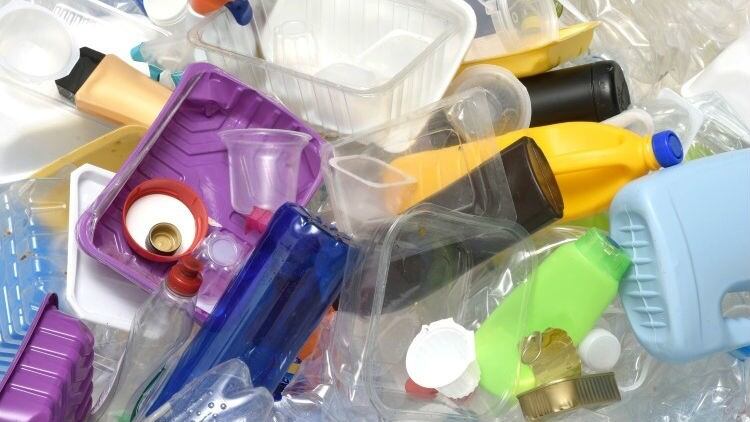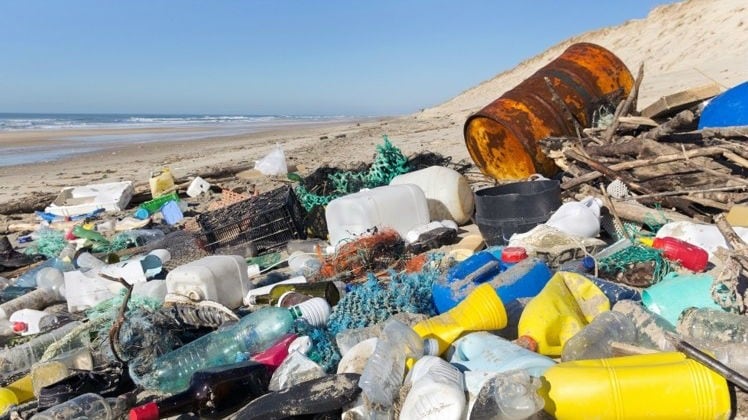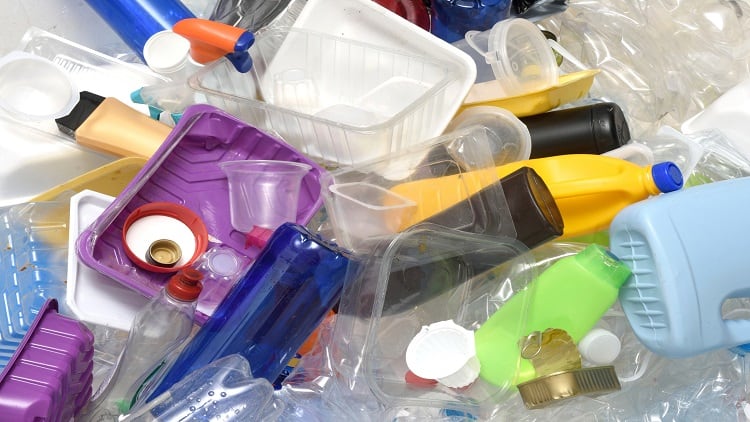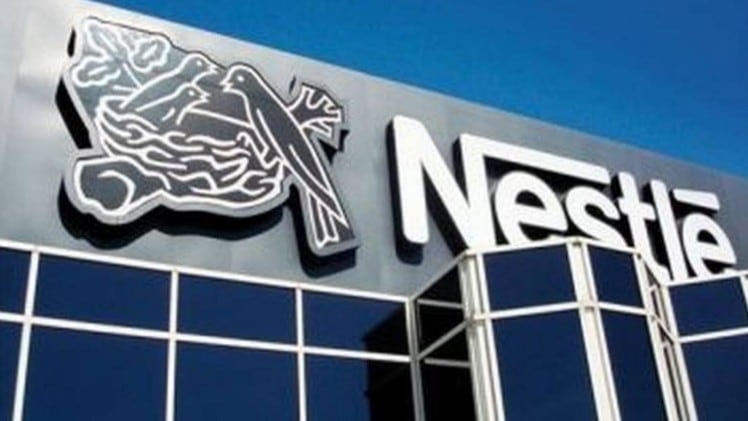The brand audit effort covered 239 cleanups and audits across 42 countries, and is claimed to be ‘the most comprehensive snapshot of the worst plastic polluting companies around the world’.
“Over 187,000 pieces of plastic trash were audited, identifying thousands of brands whose packaging relies on the single-use plastics that pollute our oceans and waterways globally,” wrote Greenpeace.
According to the audit, the most frequently-found brands on plastic waste in Asia were Coca-Cola, Mondelez International and Perfetti van Melle.
“The top polluters in Asia, […] Coca-Cola, Perfetti van Melle, and Mondelez International […] accounted for 30% of all branded plastic pollution counted by volunteers across Asia,” said Greenpeace.
Because the Coca-Cola brand was the most frequently-found on plastic pollutants in the global audit as a whole, Greenpeace has termed it as ‘top polluter in the global audit’.
The company ranked within the top three polluters in all regions where the audit was conducted.
In response to these allegations, Coca-Cola told FoodNavigator-Asia: “We share Greenpeace’s goal of eliminating waste from the ocean and appreciate their efforts to raise public awareness about this important challenge.”
“Greenpeace has chosen to solely focus on one approach to addressing plastic waste. We believe that all packaging materials have benefits, and, if managed properly, can be turned into valuable resources for reuse.
“To do that, we need better collection, more use of recycled content, and complete recyclability. [As such], we’ve set ambitious goals for our business, starting with helping to collect and recycle a bottle or can for every one we sell – regardless of where it comes from – by 2030.”
The company highlighted its World Without Waste vision, which calls for the use of an average of 50% recycled content in all its bottles and cans by 2030.
“While the majority of our packaging is recyclable today (85%), we are working to get to 100 percent and have set that target for 2025.”
Mondelez also responded to our queries with its latest sustainability initiative.
“[Mondelez] announced [this week] that we will be making all packaging of our 52 brands recyclable by 2025,” said Mondelez International spokeswoman Noriana Proft from the company’s AMEA headquarters in Singapore.
“We are working towards eliminating a total of 65 million kg of packaging and sustainably sourcing all our paper-based packaging by 2020. Upcoming redesigns will also more clearly feature information on recycling.”
According to Break Free From Plastic Global Coordinator Von Hernandez: “These brand audits offer undeniable proof of the role that corporations play in perpetuating the global plastic pollution crisis.
“By continuing to churn out problematic and unrecyclable throwaway plastic packaging for their products, these companies are guilty of trashing the planet on a massive scale.”
“It’s time they own up and stop shifting the blame to citizens for their wasteful and polluting products.”
Globally, Coca-Cola, Mondelez and Perfetti ranked first, fifth and eighth respectively as the ‘most frequent multinational brands collected in cleanups’.
Break Free from Plastic global findings
Other multinational brands ranking high on the global list were PepsiCo (second), Nestlé (third), Danone (fourth), Procter & Gamble (sixth), Unilever (seventh), Mars Incorporated (ninth), and Colgate-Palmolive (tenth).
The most commonly-found type of plastic waste was polystyrene, followed by PET.
Australia’s top polluters were 7-Eleven, Coca-Cola and McDonald’s, comprising 82% of total plastic pollution there.
In America (North and South), the top polluters were Coca-Cola, PepsiCo and Nestle. These accounted for 64% of branded plastic pollution in North America, and 70% in South America.
Europe’s top polluters were also Coca-Cola, PepsiCo and Nestle, making up 45% of all plastic pollution found.
In Africa, the top polluters were found to be ASAS Group, Coca-Cola and Procter & Gamble, contributing to 74% of plastic waste in the region.





